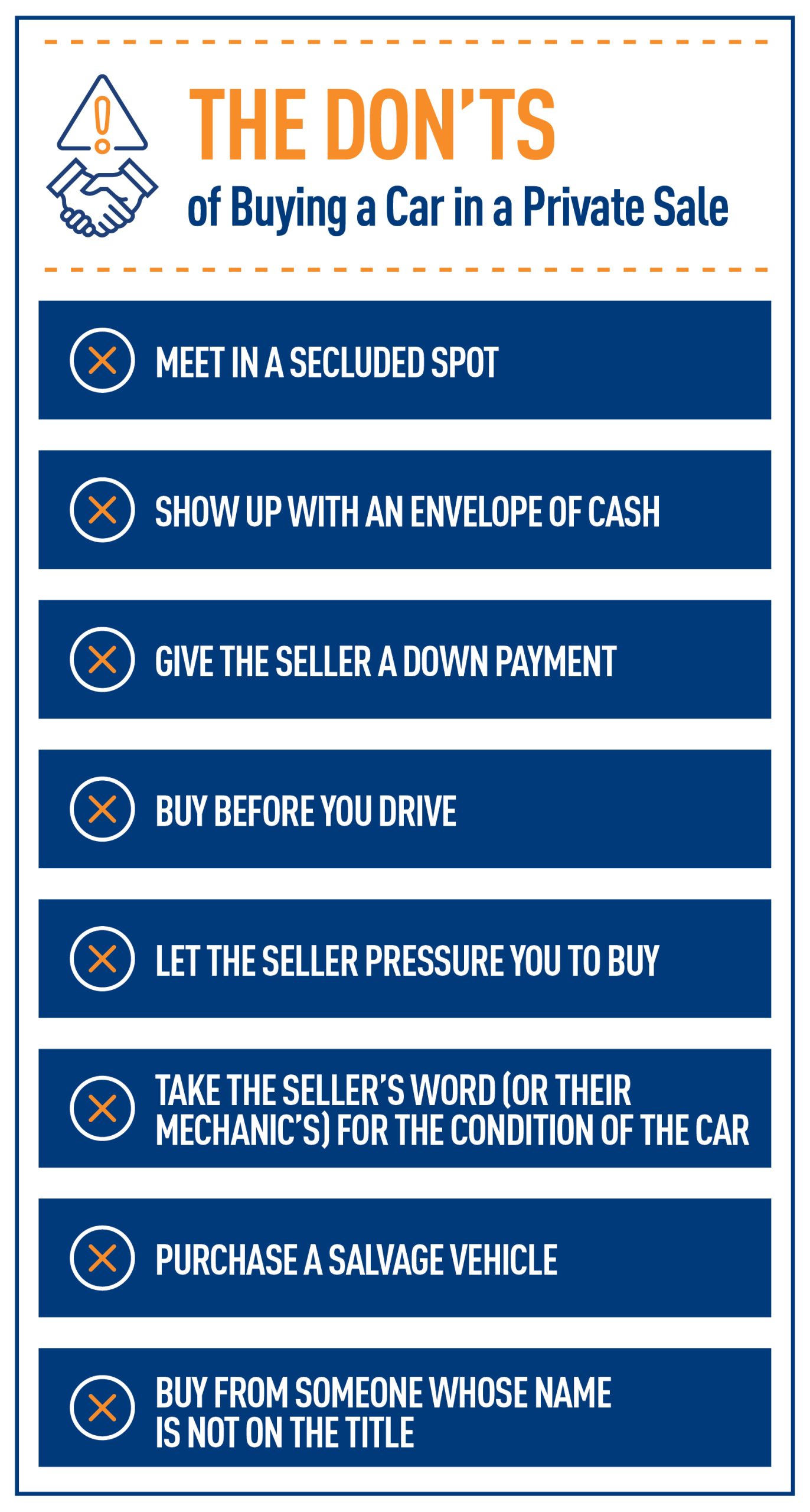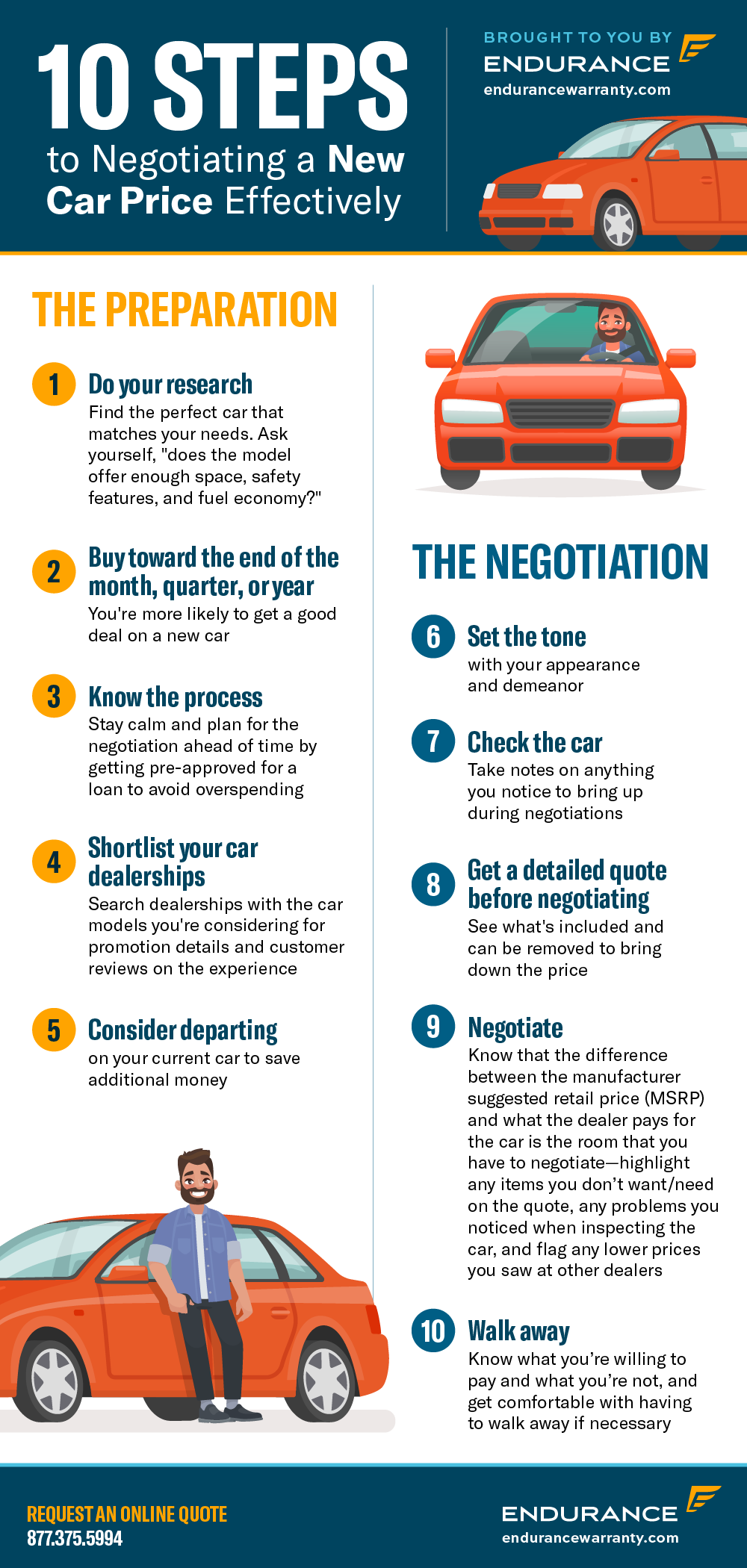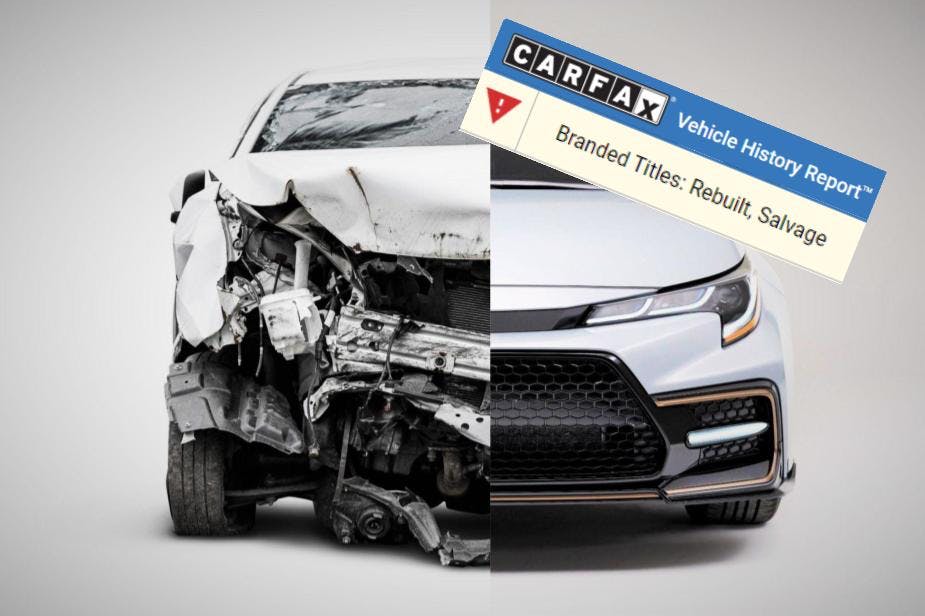How to Buy a Used Car from a Private Seller
To buy a used car from a private seller, start by researching online listings and setting your budget. Next, contact the seller, ask relevant questions, and arrange a test drive to inspect the vehicle.
Navigating the private used car market can seem daunting, but with due diligence, it’s a path teeming with potential deals. Embarking on this journey requires a careful approach, beginning with a thorough examination of various online car marketplaces. Setting a clear budget is a crucial step, as it streamlines the search process and prevents overspending.
Communication is key; reaching out to the seller to inquire about the vehicle’s history, maintenance records, and reason for selling gives valuable insights. Most importantly, a personal test drive and vehicle inspection are indispensable, as they reveal the car’s true condition, ensuring you make an informed purchase. Remember, every detail— from the initial search to the final handshake— can impact the quality and value of your investment in a used car.
Preparation Is Key
Embarking on the quest to buy a used car from a private seller requires a mix of diligence and strategy. To navigate this journey successfully, preparation stands as the cornerstone of the process. With thorough groundwork, you can avoid common pitfalls, make informed decisions, and drive away with a great deal on a reliable vehicle. Here are essential steps to prepare for your used car purchase.
Setting Your Budget
Knowing your financial limits is crucial before browsing used car listings. Assess your finances to determine how much you can comfortably spend. Remember to include extra costs such as tax, title, registration, and potential repairs. A well-defined budget keeps your search focused and prevents overspending.
- Calculate monthly expenses: Ensure the car payment fits within your budget.
- Factor in insurance costs: Insurance rates vary by car model and history.
- Set aside repair funds: Older cars may need immediate maintenance.
Identifying The Right Model
Selecting the perfect car model combines personal preference with practicality. Consider your daily needs, space requirements, and desired features. Research various models to determine common issues and the availability of parts. A focus on reliability over luxury often yields longer-term satisfaction.
| Car Type | Considerations |
|---|---|
| Sedans | Good for daily commuting and fuel efficiency. |
| SUVs | Suitable for families requiring more space. |
| Trucks | Ideal for towing and heavy-duty tasks. |
Researching Vehicle History
Investigating a car’s past gives insight into its future reliability. Request the vehicle history report to uncover previous accidents, service records, and ownership changes. Verify the car’s title status to avoid legal surprises. A clean history indicates a well-maintained vehicle.
- Check the VIN: Use the Vehicle Identification Number for detailed reports.
- Scan for red flags: Look for salvage titles or extensive damage.
- Review maintenance history: Regular servicing hints at a car’s good condition.
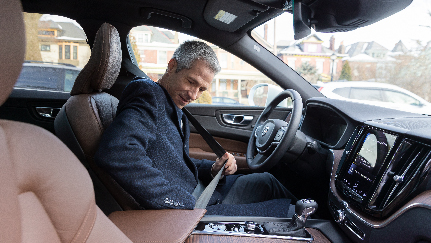
Credit: www.nationwide.com
Contacting Sellers
Once you find the right used car, it is crucial to contact the seller properly. This stage sets the foundation for a good deal. Let’s explore the steps needed to communicate effectively with private car sellers.
Initial Communication
Reaching out to the seller is the first step. Use clear and polite language. Begin by introducing yourself and expressing your interest in their car.
Email or message them to ask for more details. Keep messages concise. Aim to establish trust and show your serious intentions.
Questions To Ask
Before seeing the car, ask key questions. You want no surprises later.
- Ask about the car’s history. This includes past accidents or damage.
- Inquire about maintenance records to gauge how well the car has been cared for.
- Determine whether the car has any existing warranties.
- Question the reason for selling to uncover potential issues.
Planning A Meeting
Once satisfied with the answers, plan to meet. Choose a public place during daylight for safety.
Schedule a test drive and inspection at a trusted mechanic. Confirm the meeting time and place with the seller beforehand.
Inspecting The Vehicle
Embarking on the journey to purchase a pre-owned car? The “Inspecting the Vehicle” phase is pivotal. A thorough scrutiny ensures you invest in a reliable companion rather than a troublesome heap of metal. Dive into the nitty-gritty of vehicle inspection with these hands-on tips.
Visual Inspection Tips
First impressions count, even for cars. Start with a walk-around. Daylight is your ally here, exposing dents and rust spots that hide in the shadows. Check the car from various angles. Tires tell tales of alignment and suspension issues. Don’t miss the undercarriage—a flashlight reveals structural secrets.
- Body condition: Look for dents, scratches, and rust.
- Glass: Chips and cracks can be costly to fix.
- Lights and lenses: Confirm they are intact and operational.
- Tires: Uneven wear indicates alignment problems.
Test Driving Dos And Don’ts
Feeling the car in action is paramount. A test drive can reveal issues unnoticed at a standstill. Ensure the car is cold before you start; this makes it easier to spot starting troubles. Listen for unusual noises and feel for vibrations. Check brakes, steering, and gear shifts for smooth operation.
- DO: Insist on a varied route to assess the car’s performance on hills, highways, and turns.
- DO: Take your time. Rushed test drives mask problems.
- DON’T: Ignore any warning lights on the dashboard.
- DON’T: Play loud music. You need to hear the car.
Mechanical Inspection
Even if the car looks and feels right, a professional once-over is key. A reputable mechanic delves deep, checking things beyond your expertise. This might include a compression test for the engine or a thorough examination of the transmission. This investment could save you from hefty future expenses.
| Mechanical Area | Inspection Point |
|---|---|
| Engine | Noises, fluid leaks, exhaust smoke. |
| Transmission | Gear shifts, response times, noises. |
| Brakes | Stopping capability, pedal feel, noises. |
| Suspension | Car stability, shock absorbers function. |
Armed with these insights, you stand a better chance at identifying a trustworthy used car. A meticulous approach to each inspection stage paves the way to a wise purchase.
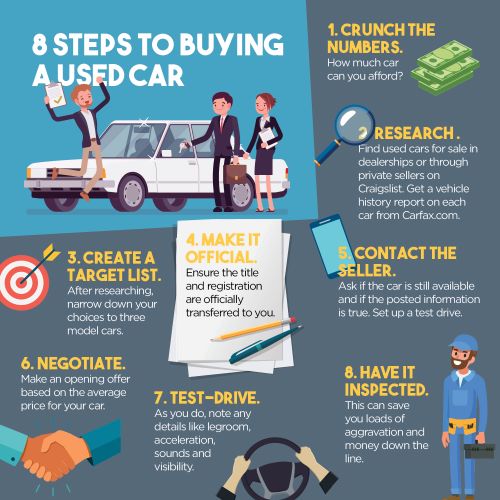
Credit: www.idealcu.com
Legal Due Diligence
Before you hand over your hard-earned cash for a used car, a bit of legal homework is crucial. This ensures you avoid potential pitfalls and enjoy your new ride without any legal hiccups. Let’s address some important aspects of legal due diligence.
Obtaining A Vehicle History Report
Knowing the car’s past is non-negotiable. A vehicle history report reveals important details about the car you’re considering. It includes past accidents, service records, and title status. Services like Carfax or AutoCheck offer comprehensive reports, often for a fee. Follow these simple steps:
- Collect the car’s Vehicle Identification Number (VIN).
- Visit a reputable vehicle history report provider.
- Purchase and review the report carefully.
Check for any red flags such as salvage titles or odometer fraud.
Title Transfer Essentials
The title shows ownership. Transferring it is critical. Here’s a quick guide:
- Verify the seller is the rightful owner.
- Fill out the title transfer section accurately.
- Submit paperwork to the DMV with required fees.
Double-check all details to prevent future ownership issues.
Insurance Considerations
Insurance safeguards your investment. Confirm coverage before driving your new car.
- Contact your insurance company to discuss policy options.
- Secure at least minimum coverage required by law.
- Provide the insurer with the car’s details.
Update your policy to reflect your recent purchase.
Negotiating The Deal
Getting a fair deal on a used car involves strategy and knowledge.
Understanding Market Value
Before negotiating, know the car’s worth. Use resources like Kelley Blue Book or Edmunds to get an idea. Compare prices of similar models online. Check local listings for a realistic view.
Document the average price range. Note any differences in mileage, condition, or features. This information will be your bargaining power.
Bargaining Strategies
A successful negotiation starts with respect and flexibility.
- Make a reasonable initial offer based on your research, not too low.
- Be ready to explain your offer with your findings.
- Listen to the seller’s counteroffer. Understand their standpoint.
- Stay calm even if the price seems high.
- Discuss terms that could affect the price, like repairs.
Show genuine interest in their car. It can lead to a better price.
Closing The Purchase
| Step | Action |
|---|---|
| 1 | Agree on a price both parties are happy with. |
| 2 | Arrange for payment. Preferably use a cashier’s check or cash. |
| 3 | Complete the Bill of Sale. Both should sign it. |
| 4 | Transfer the title and check for any liens. |
| 5 | Check state requirements for tag and registration. |
Get all agreements in writing. This keeps the deal clear. Be thorough in paperwork to avoid future problems.
Post-purchase Actions
Congratulations on your used car purchase from a private seller! Now it’s crucial to tackle the post-purchase actions. These steps ensure legal compliance and maintain the car’s condition. Let’s go through each in detail.
Registration And Taxes
First, you’ll need to register the car in your name. Here’s a simplified step-by-step process:
- Obtain the car title signed by the seller.
- Visit your local DMV with the title, proof of insurance, and ID.
- Fill out the registration form provided by the DMV.
- Pay applicable taxes and fees.
Remember, registration and tax laws vary by state. Check local requirements to stay compliant.
Ongoing Maintenance
To keep your car running smoothly, establish a regular maintenance routine. This could include:
- Changing the oil every 3,000 to 5,000 miles.
- Checking tire pressure and tread monthly.
- Replacing air filters and checking fluid levels.
Also, keep a record of all services. This helps track your car’s health.
Protecting Your Investment
Last, ensure your car’s longevity with these tips:
- Insure your car – select a policy that covers potential damages.
- Clean regularly – both interior and exterior. This avoids long-term wear.
- Use sunshades and park in the shade to protect the interior from the sun.
Taking these actions will help safeguard your car’s value and performance for years to come.
Frequently Asked Questions For How To Buy A Used Car From A Private Seller
How Do I Evaluate A Used Car’s Condition?
When evaluating a used car, check its exterior, interior, and mechanical condition. Look for dents, rust, tire wear, and ensure all electrical components work. Test drive to check the engine, brakes, and transmission performance.
What Are Necessary Documents When Buying Used Cars?
Ensure you receive the title, service records, a bill of sale, and a vehicle history report. Verify that the vehicle identification number (VIN) matches all documents. It’s crucial for legal ownership and history tracking.
Can I Negotiate Price With A Private Seller?
Absolutely. Research the car’s market value beforehand, and inspect the vehicle thoroughly. Use any issues you find as leverage to negotiate a lower price. Private sellers often have more flexibility on price than dealerships.
What Should I Ask The Seller About The Car?
Ask about the car’s service history, reason for selling, any past accidents, and if it has any outstanding recalls. Additionally, inquire about recent repairs or parts replacements to gauge future expenses.
Conclusion
Purchasing a pre-owned vehicle from a private seller can be savvy and rewarding. With a strategic approach, researching thoroughly, and inspecting diligently, you’ll secure a deal that meets your needs and budget. Remember to stay patient, keep your options open, and trust your intuition for a successful purchase.
Drive away with confidence, knowing you’ve navigated the buying process like a pro.

